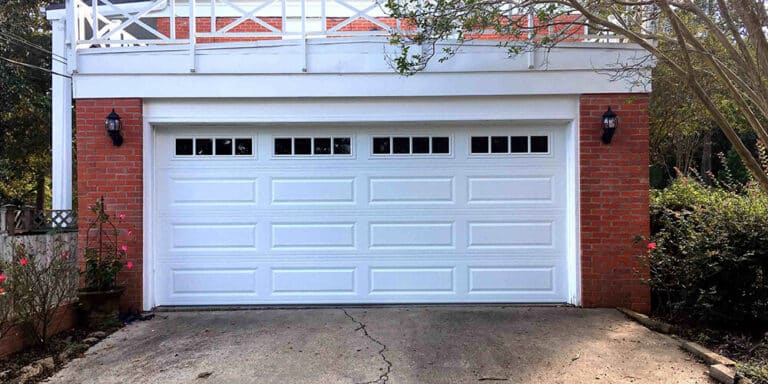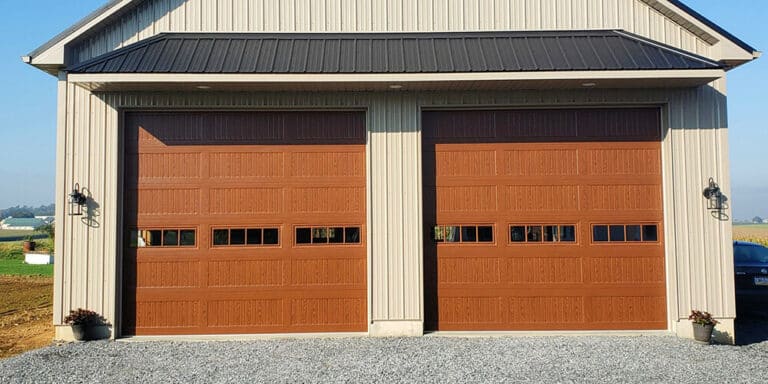


Garage Door Panels, also known as sections, are integral components of sectional garage doors. They are the prominent, horizontally aligned segments that collectively form the door’s face. Each panel is connected by hinges, enabling the door to bend and curve along the track during opening and closing operations.
Garage door panels are manufactured from a variety of materials, each offering distinct qualities. Common materials include:
Panels can also differ in construction, with some featuring a single layer of material, while others employ multiple layers for enhanced insulation and strength.

Garage door panels come in several design styles, catering to different architectural preferences. Popular styles include:
Insulated panels are increasingly popular due to their energy efficiency benefits. Insulation options include polystyrene or polyurethane, which help maintain consistent temperatures in the garage and adjoining areas, leading to energy savings. Insulated panels also enhance the door’s noise reduction capabilities and overall structural integrity.

The aesthetic appeal of garage door panels is crucial for enhancing a home’s curb appeal. Customization options include a range of colors, finishes, and textures. Decorative elements like windows or specific hardware designs can also be incorporated for added visual appeal.
Regular maintenance, such as cleaning and inspecting for signs of wear or damage, is vital. Panels are prone to dents, rust, or warping depending on the material. In case of damage, individual panels can often be replaced, provided the new panel matches the existing ones in size, style, and material.
Replacing garage door panels, especially in high-tension systems like torsion springs, can be hazardous. It is advisable to seek professional assistance for panel replacement to ensure safety and proper alignment. This ensures the garage door operates smoothly and safely.
In recent years, the environmental impact of garage door materials has gained attention. Many manufacturers now offer eco-friendly options, using recycled materials or sustainable wood sources. Choosing environmentally responsible panels can contribute to a home’s overall sustainability profile.
The number of panels in a garage door can vary depending on the door’s size and design. Standard residential garage doors typically have four to five panels stacked vertically. However, the number can change based on the door’s height and the specific design requirements.
The lifespan of garage door panels can vary widely, depending on the material used and exposure to elements. On average, well-maintained garage door panels can last anywhere from 15 to 30 years. Factors like frequent usage, climatic conditions, and physical impacts (such as dents or scratches) can affect their durability.
Garage door panels are not just functional elements; they significantly contribute to a home’s appearance and energy efficiency. Selecting the right panels involves considering material, design, insulation, and aesthetic preferences, always keeping safety and sustainability in mind. Regular maintenance and timely repairs are essential for their longevity and performance.
Superior Garage Door Repair
(888) 342-6664
247superiorgaragedoor.com
Copyright © 2017-2023 Superior Garage Door Repair | All rights reserved.
